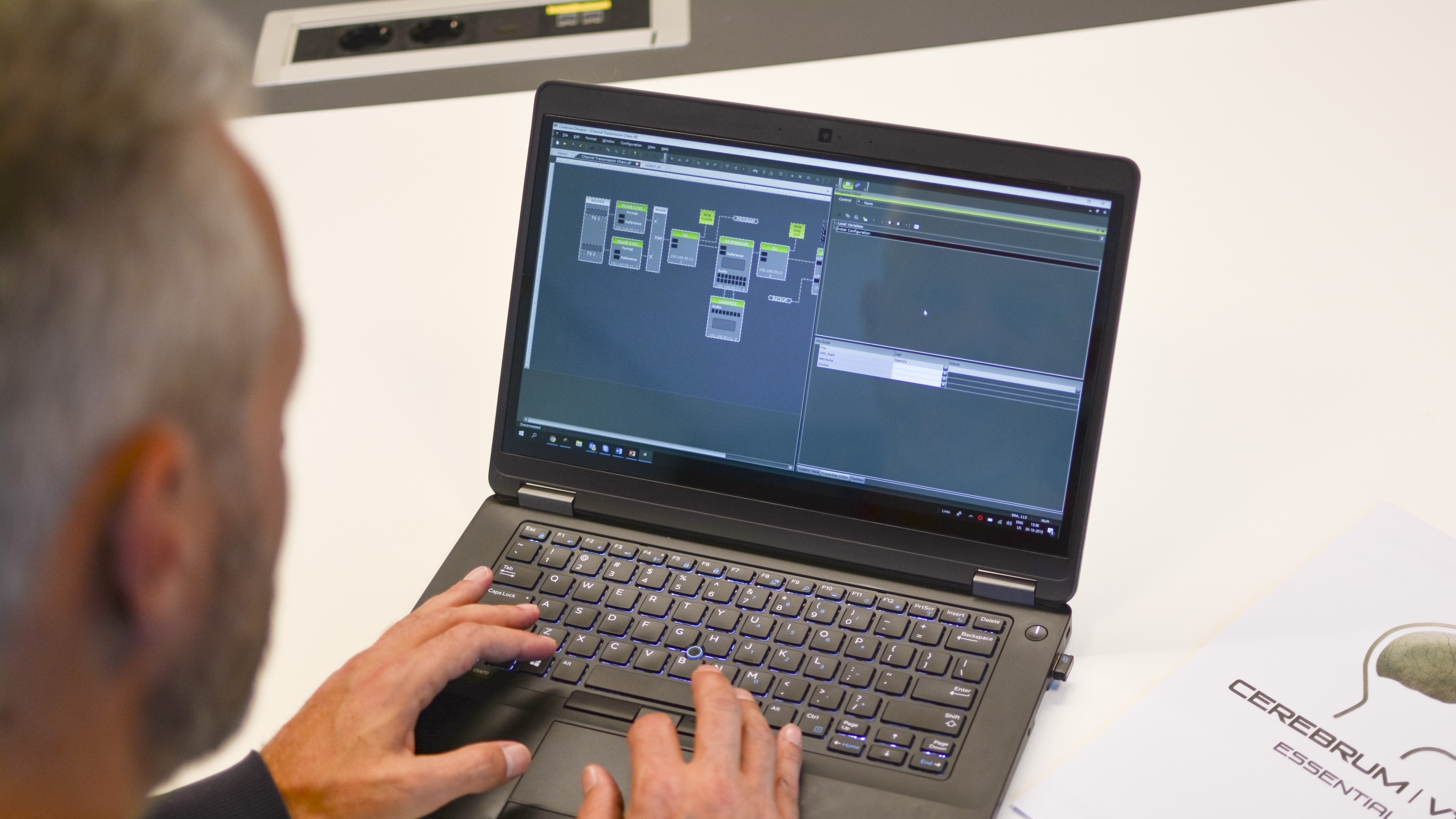Future Workflows: How Production Can Prepare for 2021 and Beyond
Faced with ongoing disruption, broadcasters and content producers have had to quickly adapt

The rate at which media production workflows and technologies are evolving is unmatched. Driven in part by enforced COVID-19 lockdowns and social distancing measures, the emergence of new innovative tools, especially those that enable effective remote and “at home” production, has intensified.
In fact, 2020 has accelerated several trends within the industry. IP infrastructures and workflows continue to grow in prominence, while remote productions have taken on a newfound importance. Faced with ongoing disruption, broadcasters and content producers have had to quickly adapt, embrace new solutions and rethink the way they produce content. Workflows that are flexible, scalable, reconfigurable and future-ready have never been more essential.
Therefore, production engineers need to look forward and ensure that they’re adequately prepared for what the future will bring. In order to satisfy the demands of content-hungry consumers with simultaneous productions and delivery of content across online, social media and linear TV, it’s vital that they’re equipped with the skills and tools to embrace the new workflows that future live productions will demand. However, there are several key challenges standing in their way.
OBSTACLES TO OVERCOME
In the remote working environment we find ourselves in, ensuring efficient workflow orchestration across multiple sites, including task scheduling and resource management, is a key concern. Productions are becoming increasingly complex, making it harder to ensure coordination between disparate operators back at a broadcast center and the supporting systems. This can lead to inefficiencies that can affect the overall quality of productions. For example, it’s now common for production engineers to have to manage a range of devices and various people using different systems, often resulting in intricate and intensive workflows for processes that could be automated.
Getting a handle on remote facilities, personnel and devices spread over large distances can feel like a losing battle, particularly as operations scale. This is a challenge that has intensified with remote streams and complete remote productions becoming more common due to COVID-19. Remote commentary positions, temporary production setups (using flypacks), live connections coming in from around the world—everything needs to be monitored, configured and controlled no matter where the equipment is located.
This all must happen seamlessly during operations. However, many existing control systems are simply unable to cope with the level of intricacy involved. Having to switch between various bespoke device applications or change configurations on the fly can be time-consuming and inefficient. Only a system that can be distributed across multiple locations and can integrate with any number of devices will provide the control and visibility now required.
Further adding to the complexity is the growing demand for IP that provides the agility and scalability needed to support higher resolutions such as UHD-4K or HDR and is more responsive than SDI environments. This introduces new ways of working for everyone involved in the production ecosystem. Keeping live video streams in sync with audio over IP networks is tricky, and not all engineers are yet fully accustomed to this new technology. This presents a need to integrate IP streams into their workflows without drastically changing their working processes. As such, new protocols and formats are causing concern—all supplemented by a need to deliver more value and increase productivity.
The professional video industry's #1 source for news, trends and product and tech information. Sign up below.
BORDERLESS PRODUCTION
There are several steps production engineers must take to overcome the challenges they are facing, adapt to new workflows and ensure they are fully prepared for the future. For example, the growing influence of IP infrastructure—whether for a new facility, truck or flypack—isn’t something that can be ignored; while dealing with incoming feeds from the cloud or via remote facilities is fast becoming the norm rather than an exception.
It’s vital that engineers understand how these technologies can alter their workflows during setup and operation. This can be done through online training courses and virtual events. Engineers are at the forefront when it comes to evolving workflow processes, so regular training to continue to develop their skills and expertise is essential.
Most importantly, they should embrace a workflow without barriers—one that incorporates best-of-breed devices, located anywhere, all controlled and monitored by one open system. As well as streamlining workflows regardless of scale and type of connectivity, this will enable them to measure where time is being spent and how efficiency can be improved, providing opportunities for ongoing operational optimization.
To achieve this, they must turn to a control system that can adapt to whatever mix of connectivity and devices is thrown at it. As momentum behind IP-based workflows continues to grow, having such a system in place will enable production engineers to control and configure their traditional routers and devices—as well as being ready for IP media streams—all within one platform.
Ultimately, production engineers must prepare themselves for the new era by rethinking the way they produce shows and live events. The future will require a new level of agility in terms of the equipment they use and how they control devices in live environments. By embracing a world of production without borders and continuing development of their skills, they will be empowered to adopt the workflows of the future with confidence and success.
Ian Hollamby is head of R&D UK at EVS.
